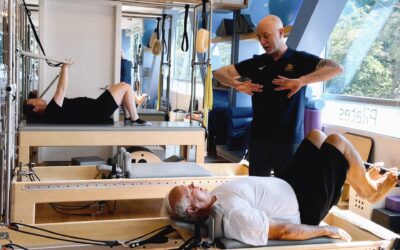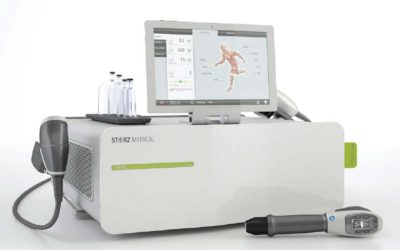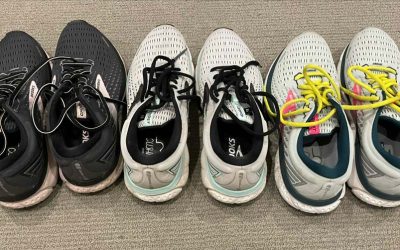Core Retraining
Have you been told that your “core” is weak? Have you tried exercise programs to strengthen your “core” but can’t feel changes in the muscles you are trying to train? Do you keep getting injured whenever you try and train your “core”?
“Core Stability” has received much attention and research in recent decades. Everyone knows that being connected to your “core” muscles is important. But what is not well understood is that there are in fact many different influences on your individual ability to optimally recruit and strengthen your core.
Synergy’s founder and Clinical Director, physiotherapist Dr. LJ Lee, has had a special interest in training core stability for her entire career. LJ has observed that dysfunction and problems in other parts of the body – such as the thorax, the feet, the neck, the knee – can all affect your nervous system’s ability to activate your core muscles symmetrically and therefore affect your ability to train the endurance and strength of your core. In fact, more than 15 years ago, LJ made clinical observations that thoracic dysfunction – even pain-free dysfunction – impacted optimal core muscle recruitment – these ideas were a key stimulus for her to eventually pursue her PhD on the thorax.
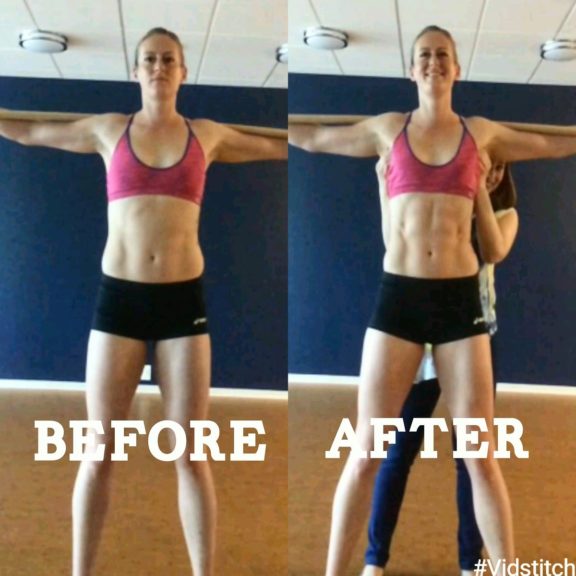
The impact of optimizing the upper thoracic rings on abdominal muscle recruitment – the only change between these photos is the manual support providing optimal control of the upper rings – there is no change in conscious muscle activity.
If you have been trying to “train your core” but you aren’t getting the results you hoped for, then the highly trained team at Synergy can help. We assess the function of all the muscles of your abdominal wall – from the deep Transversus Abdominis muscle that works like a myofascial corset, to the superficial movers and power-generators such as your Internal Obliques, External Obliques, and your six-pack Rectus Abdominis. We also look at how these abdominal muscles work in coordination with the other muscles around your entire trunk. This is a 3-dimensional perspective that looks at control of your entire trunk, from your shoulders to your hips.
What often surprises people is that they are over-activating all the muscles of their trunk – and in fact they need to use less muscle activity for an optimal balance of control and mobility across all activities. In these cases, you will feel “more stable” but with less effort – increasing your efficiency and ease of movement. If you are working hard on your program and not feeling greater ease of movement, this may be what’s happening for you.
Have big goals and want to maximize performance and prevent downtime from injury?
Let us determine where in your body you should focus treatment and exercises in order to get the most out of your hours in the gym and on the track. Our ConnectTherapy™ assessment allows us to identify these areas – your “Drivers” – and design a personalized exercise and movement program to optimize performance and efficiency. We can also do a running specific biomechanical analysis that allows us to help you understand how training your Drivers relates to your how you run.
So, whatever your running goals, our team can help! It all starts with a whole body ConnectTherapy™ assessment that allows us to plan a treatment program specific to your needs. Book an appointment today with our Running Physio, Jonathan Krebs, to get started.
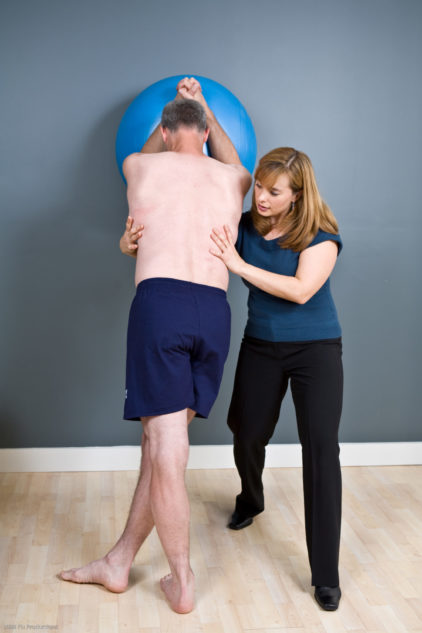
Finally, in the context of the Thoracic Ring Approach & ConnectTherapy, we assess how your individual Drivers affect your core function – that is – we ask questions like how does your stiff ankle affect your abdominal muscle activity? How does changing your shoulder affect your ability to control your trunk? We use special tests to answer these questions so we can determine the most effective treatment plan to help you reach your goals related to training your core and doing what you love.
At Synergy we also use Real Time Ultrasound Imaging (RTUS) to assess changes in your abdominal wall, such as when there is a separation or widening of the distance between the rectus abdominis heads (Diastasis Rectus Abdominis). We also can show you, in real-time, how your abdominal muscles are functioning.
Whatever the underlying reason for your problems with your “Core” – we will figure it out and design a treatment and training program specific to your needs and goals.
Our Blog
Insights and Tips from Our Experts
Next Group Physio Healthy Bones™ Class starts Wed. Sept 13th – Sign up now!
Are you interested in improving your balance, stability, muscle strength and bone health? Then this class is for...
Shockwave Therapy – What is it & How can it help?
Shockwave therapy has become increasingly common as a treatment option for musculoskeletal conditions to assist...
Running and Pregnancy
Running has become a very popular sport, and more than half of recreational runners are women. For runners who...

